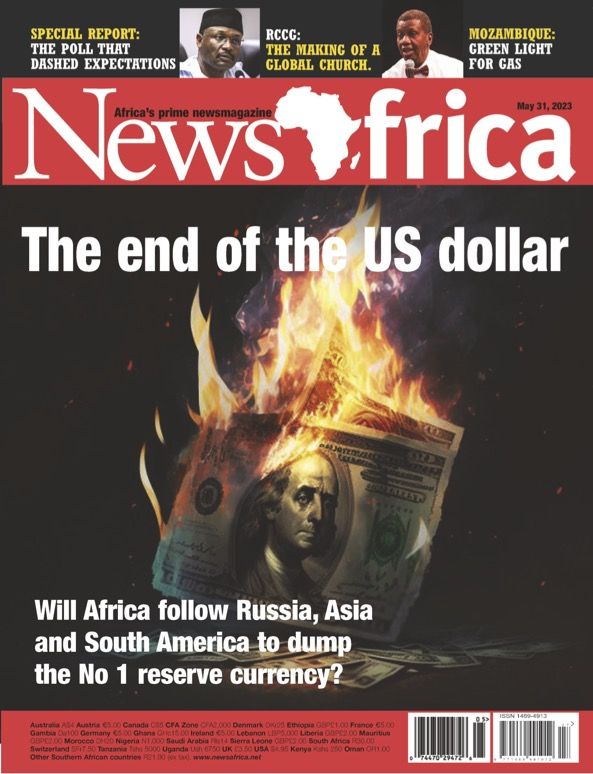Victoria Falls is ours, not yours, Zambia tells SA, but tourism experts say poor marketing is to blame for confusion. By Benedict Tembo, Lusaka
ZAMBIA is battling to fight the misconception that Victoria Falls, one of the seven wonders of the natural world, is in South Africa. Created by the Zambezi River as it plunges down a series of gorges and rises, the falls straddle the border of Zambia and Zimbabwe. Both countries compete for tourists as each has their own vantage points and attractions, which include spectacular national parks on either side. But South African tour operators have taken advantage of the fact that Victoria Falls is one and half hours by air from Johannesburg and, through sleight of hand advertising, promote it as one of its own tourism hotspots. On one website, it is even stated that the falls are “in South Africa”. The Zambian government is now calling on South Africa to stop such misleading adverts and erroneous information. In March the permanent secretary in the Zambian tourism ministry, Howard Sikwela, called on the Zambia Tourism Agency to officially intervene, suggesting that if its South African counterparts did not respond favourably then the issue could be taken up by the foreign affairs ministry. Zambian tour operator Peter Jones said the misconception about Victoria Falls has persisted ever since it appeared in the first list of the seven natural wonders of the world in the World Book Encyclopaedia in 1953. Since then, only two places have remained on the list, The Grand Canyon and Victoria Falls. He said: “So the falls are incredibly important and this is acknowledged by the rest of the world. We need the power of marketing to get the message out to the world. Marketing costs money. Lots of it.”
But although travel and tourism was Zambia’s fastest-growing national economic sector in 2018, it has no separate marketing budget and instead relies on tourism operators to contribute 1.5 per cent of their turnover to a tourism development fund.
“They also spend a lot of money on attending international travel shows and marketing their products,” Jones added, saying it was up to the government to step in with the cash. “Investment in sound marketing brings in results,” he said, pointing out that South Africa spends $20m annually on marketing. “South Africa. Botswana. Namibia – these three countries have the highest marketing budgets and the largest number of tourists, and they don’t charge them visas either.”
Moffat Chawala, a lecturer in marketing and entrepreneurship at the Copperbelt University, said the Zambia Tourism Agency has to come up with more imaginative ways of drawing attention to the country’s assets, highlighting Rwanda’s ‘Visit Rwanda’ legend emblazoned on English Premier League side Arsenal’s kit as part of a sponsorship deal last year. “That message makes Rwanda visible and creates awareness about it in so many countries besides the United Kingdom as the Premier League is the most watched and marketed league in the world,” Chawala explained.
“South Africa attracts more tourists and even benefits from the Victoria Falls because of how they promote and package their tourism products. We, therefore, need sustained campaigns about the Victoria Falls in the right places and right platforms and come up with tourism packages or experiences that will appeal to potential tourists.”
In recent years Zambia has benefited from turmoil in Zimbabwe that saw more tourists opting to stay in hotels on its side of the border. But this is less of the case now as stability returns and the government mounts a sustained tourism campaign. Last year however, Livingstone, the Zambian resort town closest to the waterfall, recorded an increase in visitors, with more than 250,000 people contributing to its image as the country’s tourist capital. Other Zambian attractions are the Mosi-oa-Tunya National Park and the National Museum. A total of 519,817 tourists visited Zambia tourist sites from January to June 2018 as compared to 511,822 recorded in 2017 in the same period.

